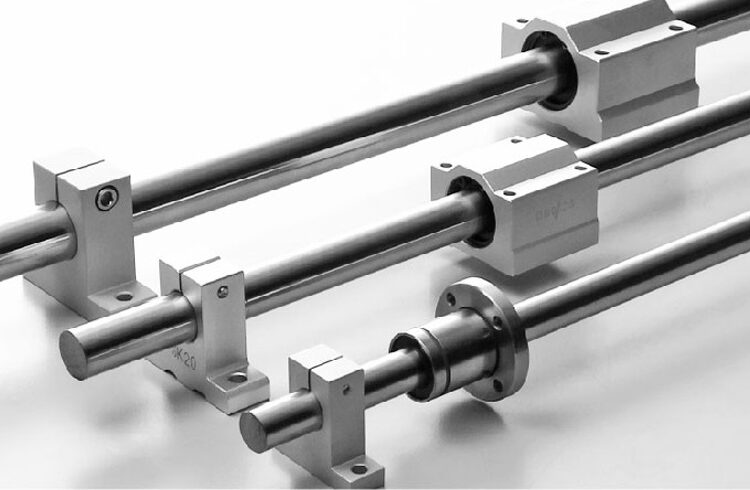The primary use of linear motion products is moving an object from one location to another along a straight line in one direction. Usually, a rolling element bearing is used to do this. These days, specific linear motion bearings do not have a rolling element and are referred to as “plain” bearings. Traditionally, this rolling element would be a ball or roller. PTFE or oil-impregnated plastic linings are occasionally added to these bare ceramic or plastic bushes to help lower sliding friction.
LM slide bearing is still feasible without bearings, but it takes far more work to move a load without a bearing. Friction is significantly reduced when a bearing is used.
Friction, Adjustment, And Load
Achieving the ideal adjustment force for the user is crucial. When you try to adjust the seat in your automobile, have you ever found that it moves too quickly and uncontrollably, throwing you flying backwards, or that it’s tough to move and causes stick-slip problems? This happens when the adjustment force is miscalculated.
Physics has a vital role in the adjustment force! The adjustment force is a function of the load applied and the friction produced by the linear LM slide bearing (ลูกปืนสไลด์ LM, which is the term in Thai) Roller bearings require less adjustment force than sliding plain bearings since they usually have ten times less friction.
The actual values you can achieve mainly rely on the materials you use, the grease, and the operating temperature. In this regard, the adjustment force can vary depending on the kind and amount of grease applied. Because of the grease’s temperature-dependent viscosity, any application of this type may see variations in sliding force.
Striking the right balance between load, friction, and adjustment effort is essential when building a linear motion system.
For example, when the system must handle huge weights and adjust as little as possible, linear roller systems are the ideal choice (e.g., an adjustment force of approximately 10N will occur from a load of 100 kg). Although stick slippage is still possible, it can be avoided using grease. Grease’s viscosity changes depending on the local temperature and dirt content.
Manufacturing Efficiency
Remembering the hidden costs of creating certain pieces when specifying various systems is straightforward.
Although roller-bearing sliding systems are widely used in the industry, certain production constraints are associated with them. The fit between each track and the ball bearings is essential to achieving the proper effort. If it is too tight, the adjustment may be too high; if it is too loose, noise and rattle may result. The balls and carriers must always be under load to prevent noise and vibration, which might restrict system design and packaging possibilities.
First, assembling a linear slider is simpler because it has fewer sliding components than a roller-type one. Second, the PTFE and spring parts naturally correct for the tolerances in the rails because of their inherent qualities. This reduces the requirement for the rails’ tolerance, which can result in cost savings. While sliders require line- or surface contact to prevent Brinelling, steel balls perform better when there is point contact, which causes Brinelling. When balls pierce, or mark mated sliding surfaces, it can lead to Brinelling, which can cause stick slippage and running noise.
Conclusion
While linear roller bearings are typically available in predefined standard sizes, linear bearings may generally be customized to your exact specifications, providing greater design flexibility.



